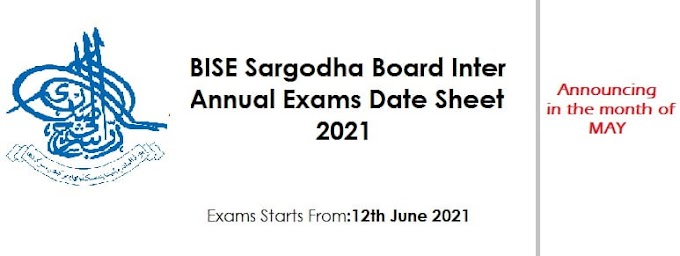Present continuous tense
Simple and affirmative sentence structure:
subject + is / am / are + first form of verb - ing + object
Use of am/are/is in present continuous tense:
"is" used when "subject" is he, she, it or singular. He is also a personal pronoun.
"am" is used when "subject" is "i".
"are" is used when "subject" is we, they, you, or plural.
Example:
He is going to Pakistan.
in above sentence "he" is subject and then we use "is" because subject is "he". We use "ing" with verb "go" because this sentence is "present continuous".
 |
| Use of is, am, are |
Negative sentence structure:
Subject + is not / am not/ are not + first form of verb - ing + object.
Example:
He is not going to Pakistan.
in this sentence we use "not" because this sentence is negative.
Interrogative sentence structure:
Is / am / are + subject + first form of verb - ing + object + ?
Example:
Is he going to school?
In this example write "is" in start of sentence because it is interrogative sentence of present continuous tense.
Present continuous tense examples:
Example 1:
Simple / affirmative :
Ali is writing a book.
Negative:
Ali is not writing a book.
Interrogative :
Is Ali writing a book ?
Example 2:
Simple / affirmative :
They are playing Football.
Negative:
They are not playing Football.
Interrogative:
Are they playing Football.




0 Comments